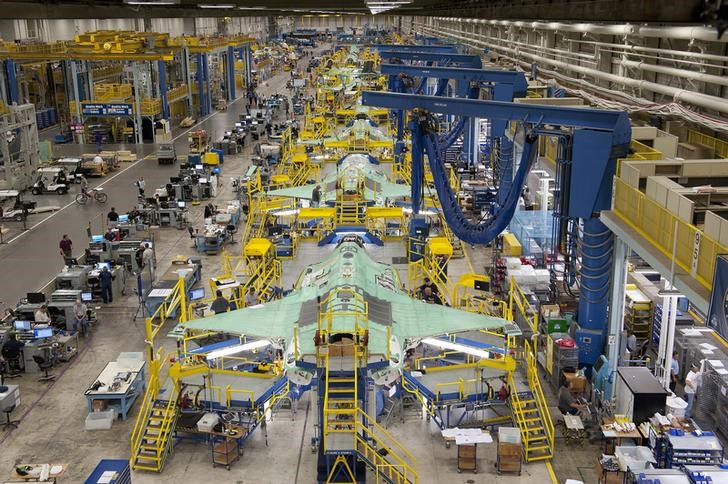BETHESDA, Md. - Lockheed Martin Corporation (NYSE: NYSE:LMT) today announced robust financial results for the second quarter of 2024, with earnings and revenue that exceeded analyst expectations.
The defense contractor reported second-quarter earnings per share (EPS) of $7.11, outpacing the analyst estimate of $6.45. Revenue for the quarter was also strong, coming in at $18.1 billion, surpassing the consensus estimate of $17.03 billion.
The company's performance reflects a 9% increase in net sales compared to the second quarter of the previous year, demonstrating sustained demand for its defense technology solutions.
Lockheed Martin's Chairman, President, and CEO Jim Taiclet attributed the company's success to its strategic contributions to allied and partner defense, particularly in Eastern Europe, the Red Sea, and the Middle East. He highlighted the critical role of Lockheed Martin's platforms, such as the PAC-3, Aegis Combat System, and the F-35 aircraft, in enhancing security and defense capabilities.
Looking ahead, Lockheed Martin has raised its full-year 2024 outlook for sales, segment operating profit, and earnings per share. The company now expects EPS to be in the range of $26.10 to $26.60, with the midpoint of $26.35 being above the analyst consensus of $26.26. Additionally, revenue guidance for 2024 has been set between $70.5 billion and $71.5 billion, with the midpoint also exceeding the consensus estimate of $69.8 billion.
Taiclet expressed confidence in the company's year-to-date performance and its ability to meet the expected delivery range of 75-110 F-35 aircraft for 2024. He emphasized the importance of the F-35's Technology Refresh 3-configured aircraft and the Block 4 series of enhancements in maintaining the fighter's status as the most advanced in the world.
Lockheed Martin's financial strength was also evident in its capital deployment activities, with $1.6 billion returned to shareholders through dividends and share repurchases during the quarter. The company's cash from operations was $1.9 billion, and free cash flow stood at $1.5 billion, reflecting improvements in working capital and the timing of federal tax payments.
This article was generated with the support of AI and reviewed by an editor. For more information see our T&C.
